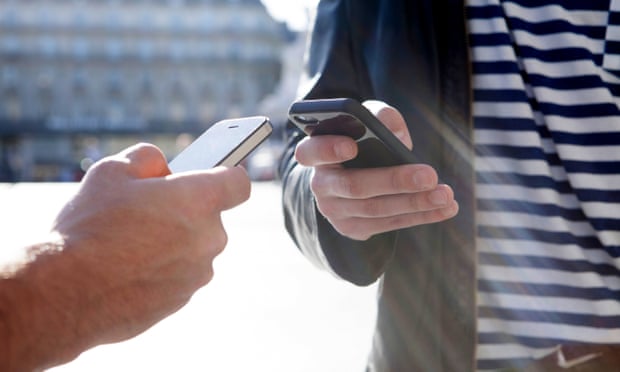
‘It appears that in 2016, bots were deliberately unleashed on social media to sway voter opinion by spreading fake news and deceiving trending algorithms.’ Photograph: PhotoAlto/Alamy
Can social bots – pieces of software that perform automated tasks – influence humans on social media platforms? That’s a question congressional investigators are asking social media companies ever since fears emerged that they were deployed in 2016 to influence the presidential election.
Half a decade ago we were among a handful of researchers who could see the power of relatively simple pieces of software to influence people. Back in 2012, the Institute for the Future, for which we work, ran an experimental contest to see how they might be used to influence people on Twitter.
The winning bot was a “business school graduate” with a “strong interest in post-modern art theory”, which racked up 14 followers and 15 retweets or replies from humans. To us, this confirmed that bots can generate followers and conversations. In other words, they can influence social media users.
We saw their power as potential tools for social good – to warn people of earthquakes or to connect peace activists. But we also saw that they can be used for social ill – to spread falsehoods or skew online polls.
When we published papers and the findings of our experiments on bots, they were reported in the popular press. So why didn’t the alarm spread to the tech, policy and social activist communities before automated social media manipulation became front-page news in 2017?
Since 2012, thanks to investments in online marketing, bots have become far more sophisticated than the models in our experiment. Those who build bots now spend time and effort generating believable personas that often have a powerful presence on multiple sites and can influence thousands of people instead of just a few.
Innovations in natural language processing, increases in computational power, and cheaper, more readily available data allow social bots to be more believable as real people and more effective in altering the flow of information.
 Techosta Where Tech Starts From
Techosta Where Tech Starts From